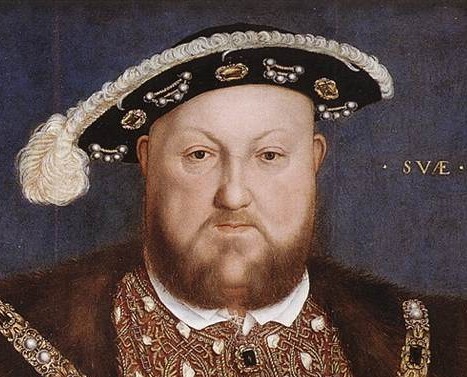A scratched wooden door found by chance at the top of a medieval turret has been revealed to be an “astonishing” graffiti-covered relic from the French revolutionary wars, including an carving that could be a fantasy of Napoleon Bonaparte being hanged.
Over 50 individual graffiti carvings were chiselled into the door in the 1790s by bored English soldiers stationed at Dover Castle in Kent, when Britain was at war with France in the wake of the French Revolution.
They include a detailed carving of a sailing ship, an elaborate stylised cross and nine individual scenes of figures being hanged – one of whom is wearing a bicorn hat.
The simple plank door was first discovered several years ago at the top of St John’s tower, which for more than a century had been impossible to access without climbing a ladder to the base of a spiral staircase. At the time, however, it was covered in thick layers of paint that obscured many of its markings.
It was only when it was recently removed for conservation, requiring the paint to be carefully taken off, that the full details of the door’s carvings came to light.
“We had had glimpses of what might be on it, but when it was stripped back, the totality of it was quite amazing,” said Paul Pattison, senior properties historian at English Heritage, which manages the castle.
...
“What makes this door such an extraordinary object is that it is a rare and precious example of the ordinary person making their mark; whether that be simply for the purpose of killing time, or wanting to be remembered.”
...
The nine hangings are clearly by different hands, said Pattison, pointing to a preoccupation of the soldiers with public executions, which would have been common at the time. The detail of one, which shows the figure wearing a bicorn hat, has led to intriguing speculation that it could depict a fantasy of a defeated Napoleon being hanged. (In fact the emperor would die in exile in 1821, reportedly of stomach cancer.)
“It’s obviously a man in uniform – so this is a military man,” said Pattison, adding that only officers wore the distinctive hat.
While Pattison remains to be convinced beyond doubt that it is intended to be the French military leader, “it almost certainly depicts a particular individual being hung – and they obviously were an officer, which is quite unusual”.


